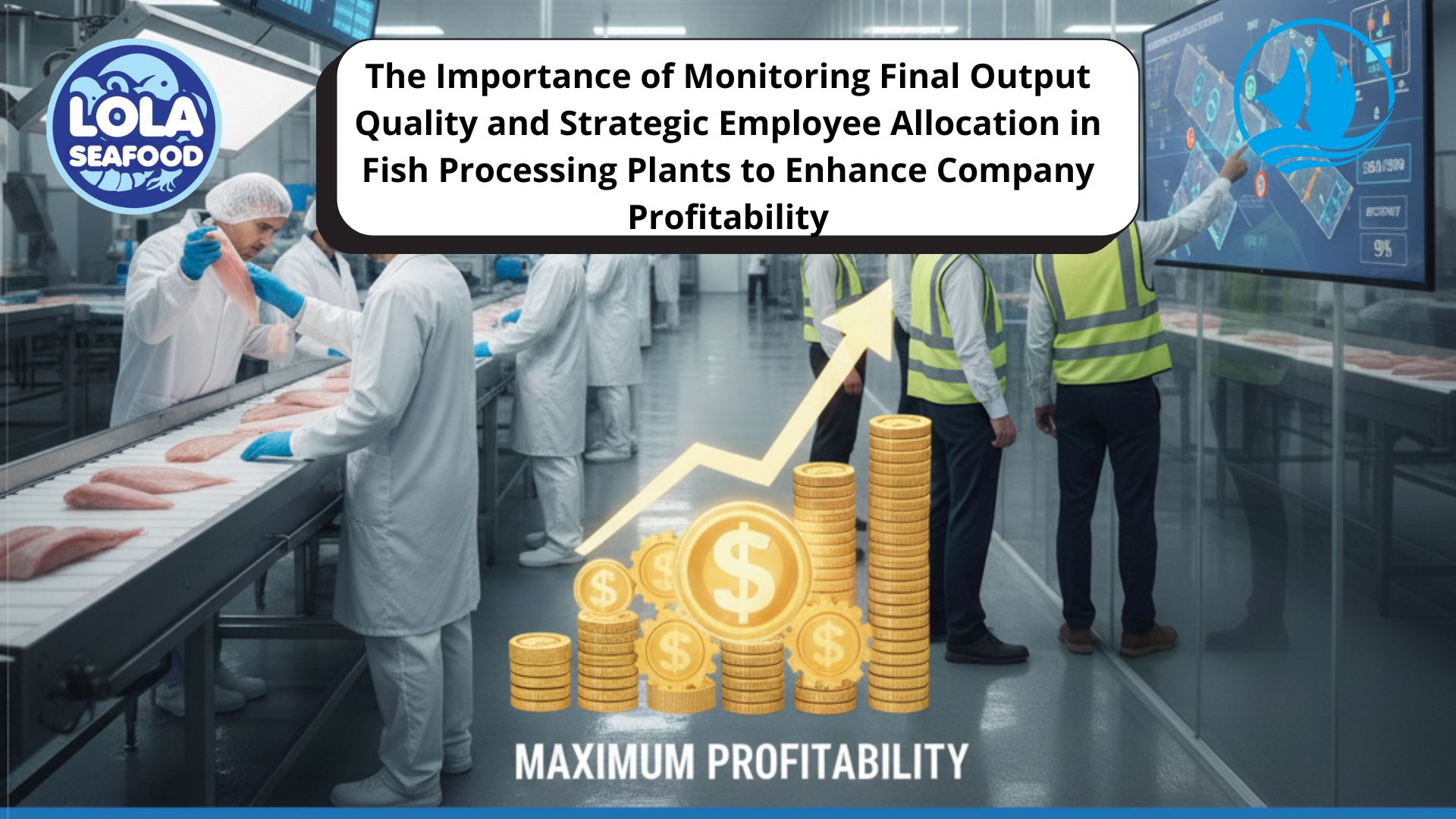The Reasons Why Mahi Mahi Are Called “The One-Year Giants” of the Ocean
By. Kusni - 04 Sep 2025.jpg)
Kelolalaut.com The ocean is home to countless fascinating species, but few fish are as extraordinary as the Mahi Mahi (Coryphaena hippurus). Known for their dazzling colors, remarkable agility, and culinary value, Mahi Mahi also hold a unique nickname among fishermen and marine biologists: “The One-Year Giants.” This term reflects their astonishing biological ability to grow from tiny larvae into large, powerful fish within just a single year. But what makes this possible, and why is it so significant?
1. A Record-Breaking Growth Rate
Most large fish species in the ocean—such as tuna, marlin, or swordfish—take several years to reach maturity. Mahi Mahi, however, are different. They grow faster than almost any other pelagic fish, reaching lengths of over one meter and weights of 15–20 kilograms in under 12 months.
This rapid growth is fueled by their high metabolism. Mahi Mahi are voracious predators, feeding constantly on flying fish, squid, crustaceans, and small pelagic species. Their ability to convert food into body mass at such an impressive rate makes them true “sprinters” of the oceanic growth race.
2. Early Maturity and High Reproduction
The nickname “One-Year Giants” is also linked to the fact that Mahi Mahi mature sexually in less than five months. Unlike many large predators that take years before they can reproduce, Mahi Mahi waste no time. By the time they are less than a year old, they are already capable of spawning.
Females release hundreds of thousands of eggs in a single spawning event, sometimes multiple times per year. This strategy allows them to sustain populations even under significant fishing pressure. In evolutionary terms, their rapid reproduction is a survival mechanism that offsets their relatively short lifespan, which averages only 4–5 years in the wild.
3. The Trade-Off: Speed vs Longevity
While Mahi Mahi’s growth rate is impressive, it comes with a biological trade-off. Fast-growing species often live shorter lives, and Mahi Mahi are no exception. Unlike tuna or marlin, which can live for decades, Mahi Mahi rarely survive beyond five years.
This trade-off explains why they are rarely seen at extremely large sizes. The giants that fishermen admire—measuring 1.5–2 meters and weighing over 30 kilograms—are typically just two to three years old. In human terms, it is as if a teenager had already reached the size and strength of a fully grown adult.
4. Ecological Advantages of Rapid Growth
Becoming a “One-Year Giant” provides several ecological advantages. First, rapid growth helps Mahi Mahi avoid predation. As larvae and juveniles, they are vulnerable to a wide range of predators, from tuna to seabirds. Growing quickly into strong, fast-swimming adults increases their chances of survival.
Second, their size and strength enable them to become effective predators themselves, occupying an important niche in marine food webs. By preying on smaller pelagic species, they help regulate populations and maintain ecosystem balance.
5. Significance for Fisheries and Sustainability
From a fisheries perspective, Mahi Mahi’s extraordinary growth makes them highly valuable. Because they reach harvestable size so quickly, they are considered a more sustainable target compared to slow-growing species like groupers or sharks.
This resilience has helped establish Mahi Mahi as a staple in both local and international seafood markets. Their nickname “The One-Year Giants” is not just a biological fact but also a reason why they have become central to discussions about sustainable fishing practices. Properly managed, Mahi Mahi populations can continue to support both commercial demand and recreational fishing without depleting ocean stocks.
6. A Symbol of Ocean Resilience
In many ways, the story of the Mahi Mahi is a symbol of resilience. Their ability to grow rapidly, reproduce abundantly, and adapt to changing conditions demonstrates nature’s capacity for balance. At the same time, it reminds us of the responsibility humans bear in managing these resources wisely.
If overexploited, even fast-growing species like Mahi Mahi can face population declines. Responsible fishing practices, seasonal regulations, and consumer awareness are crucial to ensuring that the “One-Year Giants” continue to thrive for generations to come.
Mahi Mahi are called “The One-Year Giants of the Ocean” because of their extraordinary growth rate, early reproductive maturity, and ability to reach impressive sizes in a short time. Their life strategy is a remarkable blend of speed, strength, and abundance—traits that make them both biologically fascinating and economically important. By understanding and respecting this unique species, we can appreciate not only their role in marine ecosystems but also the lessons they teach us about sustainability and the delicate balance of life in the ocean.
If youre interested in our Mahi-Mahi Fillet Skinless please do not hesitate to contact us through email and/or whatsapp




.jpg)

.jpg)

.jpg)